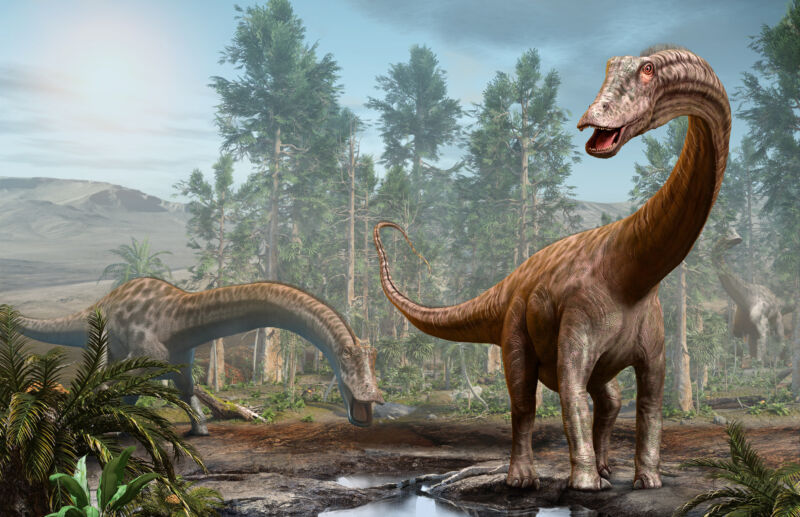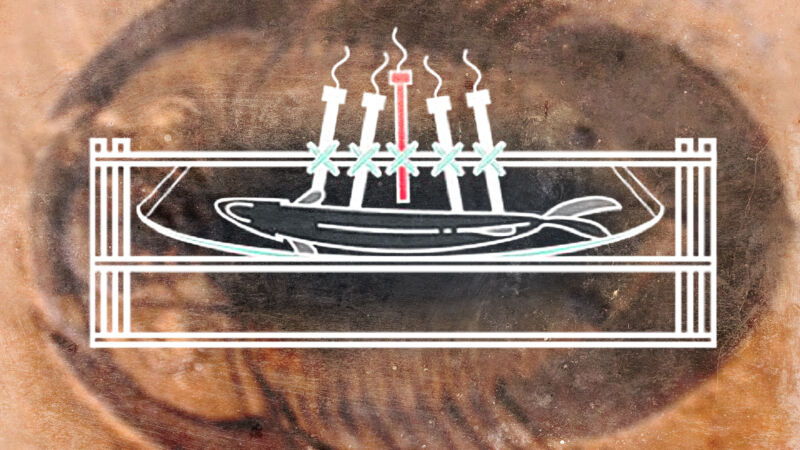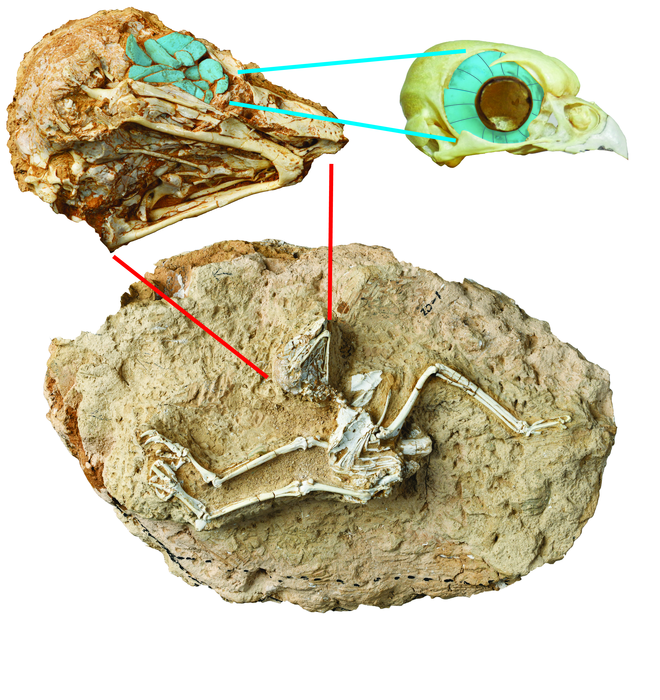-
 chevron_right
chevron_right
Diplodocus may have been one cool dinosaur—thanks to its skin
news.movim.eu / ArsTechnica · Wednesday, 14 December, 2022 - 17:37

Enlarge / Diplodocus dinosaur scene from the Jurassic era 3D illustration (credit: Warpaintcobra )
Finding any fossil skin is extraordinary; finding dinosaur skin is that much more rare. So when Tess Gallagher and her mom excavated patches of skin from one of the largest dinosaurs to exist, there was reason for jubilation.
More than a year later, that glee disintegrated—right along with the skin they excavated. But what could have been the end of a sad story was merely the beginning of another exciting chapter, one that could potentially broaden our understanding of how these enormous creatures cooled themselves.
Found and lost
Gallagher, now a paleontologist and paleobiology graduate student at the University of Bristol, and her mother, Lisa Marshall, were part of a team excavating a site called the Mother’s Day Quarry in Montana. The site has produced, among other things, 15 individual Diplodocus juveniles from about 145 million years ago.




